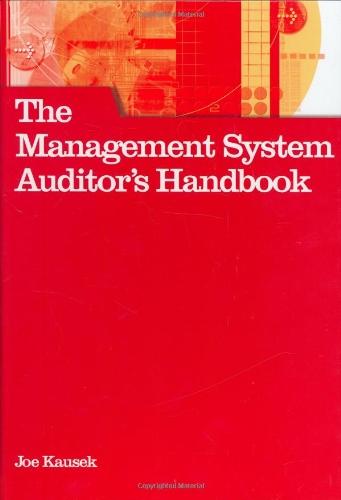Question
Please solve this case, Case 37 Browns Nursery (Part B) Jo Brown realizes that her initial analysis of the nursery addition in Browns Nursery (Part
Please solve this case,
Case 37
Browns Nursery (Part B)
Jo Brown realizes that her initial analysis of the nursery addition in Browns Nursery (Part A)
ignored inflation. She has asked you to reevaluate the project with the following
modifications:
1. General inflation for the next five years is expected to average 3% per year.
2. Her contract is fixedi.e., the income from sales is in actual (or Yeart) dollars.
3. The land is expected to appreciate 5% per year.
4. The salvage value is stated in constant-value (Year0) dollars.
5. The working capital needs will pace inflation.
6. Variable costs will pace inflation (as will the annual savings).
7. Overhead costs will inflate 1% less than inflation.
8. Jos MARR is a market rate.
Is the project viable when inflation is included in the analysis?
The below provided case contains the values,
Jo Browns nursery operation has grown from a small herb plot into a thriving nursery
business. There are 10 full-time employees and 20 seasonal (part-time) employees. For the
last three years taxable income for Browns Nursery has been steady at $350,000 per year.
While Jo is pleased with the current success of the nursery, she is considering a new
contract to supply a local grocery chain with fresh herbs year round. The grocery chains
current supplier is retiring in a year and is planning to sell his business to one of the other
grocery chains he also supplies. Rather than assigning a large portion of her current capacity
to this contract, she is considering expanding production. Jo has been offered a 5-year
contract, starting in 1 year.
To service this new contract without reducing current operations requires purchasing an
adjacent piece of land and constructing additional greenhouse space. The property can be
purchased for $200,000. The most economical solution to the greenhouse addition is to
construct two modular greenhouses for $70,000 each. The modular greenhouses have a useful
life of 12 years and a $5000 salvage value. Startup expenses are expected to be $22,500. The
purchase of the land, construction of the greenhouses, and startup are projected to require one
year. Incremental working capital for this project is $90,000 beginning with startup.
Sales from the contract are forecast at $380,000 each year. Variable costs are estimated at
$250,000 the first year, and Jo believes they will decrease at the rate of $5000 per year, as
they become expert in growing the new items in the new greenhouses.
Incremental variable overhead for the new space is expected to be $30,000 per year but
when the total overhead is re-allocated (based on square feet under glass) the new production
will be charged $45,000 per year.
Upon completion of the 5-year contract, Jo believes she can either obtain another contract
from this customer, obtain a similar contract from another grocery chain, use the projects
assets to meet increased demand for herbs from current customers of the original operation,
or dispose of the projects assets. She believes the land can be sold for what was paid for it
and each greenhouse is expected to have a market value of $40,000 at the end of the 5-year
contract. This decision will be made early enough in the fifth year of the contract to dispose
of the projects assets in that year.
The state tax rate is 11%. Jo uses an after-tax MARR of 12%.
Step by Step Solution
There are 3 Steps involved in it
Step: 1

Get Instant Access to Expert-Tailored Solutions
See step-by-step solutions with expert insights and AI powered tools for academic success
Step: 2

Step: 3

Ace Your Homework with AI
Get the answers you need in no time with our AI-driven, step-by-step assistance
Get Started


